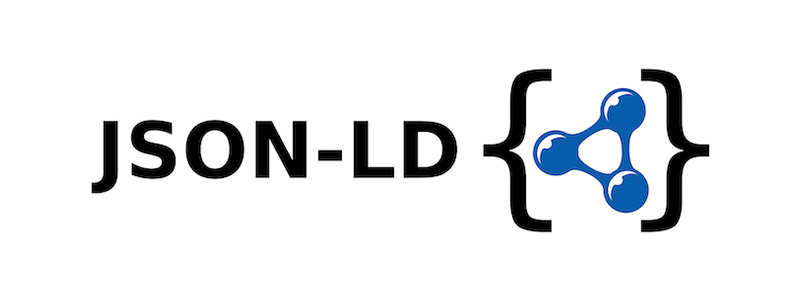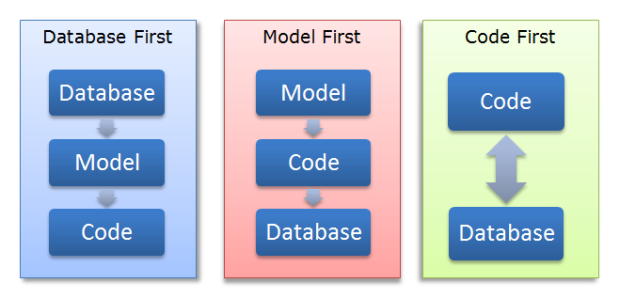How to use HttpClientFactory in ASP.NET Core
By Tan Lee Published on Jan 04, 2025 396
It also highlights that ASP.NET Core, introduced in version 2.1, is an open-source, cross-platform framework designed for building high-performance, modular web applications.
Understanding HttpClientFactory and Its Benefits
HttpClientFactory allows you to preconfigure named HttpClient instances, providing a central location to register, configure, and use them in your application. HttpClient, introduced in .NET Framework 4.5, is the most widely used method for making HTTP requests in .NET.
Creating multiple HttpClient instances is inefficient because it leads to repeated reconnections to the remote server and can exhaust available sockets under heavy traffic. The recommended practice is to use a single shared HttpClient instance to allow for connection reuse.
Even with a single shared HttpClient instance, issues can arise, such as connections staying alive and ignoring DNS TTL settings. HttpClientFactory addresses these problems by efficiently managing HttpClient instances and handling the lifetime of HttpClientHandler instances.
Getting started using HttpClientFactory in ASP.NET Core
To work with an application targeting .NET Core 2.1 in Visual Studio, you should have Visual Studio 2017 version 15.7 or later installed.
Creating a new ASP.NET Core 2.1 project in Visual Studio 2017.
Next, go to the Startup.cs file to begin using HttpClientFactory.
Using the HttpClientFactory
There are two ways to use HttpClientFactory: NamedClient (default) and TypedClient.
Below is an example of using HttpClientFactory as a NamedClient. The AddHttpClient method is used in the ConfigureServices method:
public void ConfigureServices(IServiceCollection services)
{
services.AddHttpClient("MyCustomApi", client =>
{
client.BaseAddress = new Uri("https://localhost:5000/");
client.DefaultRequestHeaders.Add("Accept", "application/json");
client.DefaultRequestHeaders.Add("User-Agent", "MyApp");
});
services.AddMvc().SetCompatibilityVersion(CompatibilityVersion.Version_2_1);
}Alternatively, you can use HttpClientFactory as a TypedClient. This involves creating custom classes and using dependency injection to inject HttpClient.
services.AddHttpClient<MyCustomTypedClient>(client => client.BaseAddress = new Uri(Configuration["MyCustomTypedClientServiceUri"]));
Below is an example of a custom typed client, where HttpClient is injected through the constructor:
public class CustomHttpClient
{
public HttpClient Client { get; }
public CustomHttpClient(HttpClient client)
{
Client = client;
}
}Finally, you can register this custom client in the ConfigureServices method like this:
public void ConfigureServices(IServiceCollection services)
{
services.AddHttpClient<CustomHttpClient>(client =>
{
client.BaseAddress = new Uri("https://localhost:5000/");
client.DefaultRequestHeaders.Add("Accept", "application/json");
});
services.AddMvc().SetCompatibilityVersion(CompatibilityVersion.Version_2_1);
}The custom type is passed as a generic argument to the AddHttpClient method to register the typed client.
- Implement security headers for an ASP.NET Core
- How to add security headers to an ASP.NET Core Application
- How to Initialize TagHelpers in ASP.NET Core with Shared Data
- Boost Your ASP.NET Core Website Performance with .NET Profiler
- The name 'Session' does not exist in the current context
- Implementing Two-Factor Authentication with Google Authenticator in ASP.NET Core
- How to securely reverse-proxy ASP.NET Core
- How to Retrieve Client IP in ASP.NET Core Behind a Reverse Proxy





